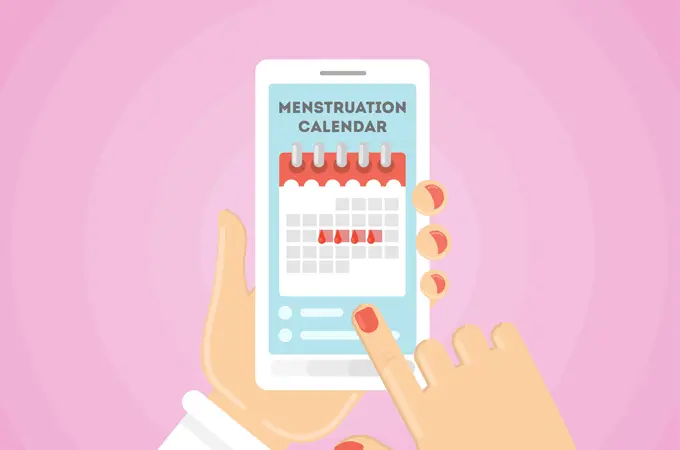Ready for a fertility fact? Forty percent of women with fertility problems aren’t regularly producing an egg that can be fertilized (anovulation).
The vast majority of problems with ovulation are accounted for by a condition known as polycystic ovary syndrome (PCOS). Other fertility problems resulting in irregular menstrual cycles include ovarian failure or inadequate signals from the brain that control the menstrual cycle (hypothalamic dysfunction).
To get a better sense of potential underlying fertility problems, at my initial fertility evaluations I often ask “Are your periods regular?” and “How far apart are your cycles?” I want to get a sense of how frequently ovulation is occurring.
The typical menstrual cycle is between 24 and 35 days. When menstrual cycles are irregular in duration or outside this normal range, this frequently indicates a problem regularly producing an egg.
Today, there are many high-tech devices lining pharmacy aisles, all designed to predict ovulation (some even have digital smiley faces). Nevertheless, few tests are as important and as simple as a thorough menstrual history. Denoting when your menstrual cycle begins on a calendar is as simple as it comes and I encourage patients to bring these calendars with them to their initial consultation if their cycles are in question.
In a 2003 study by Malcolm in the journal Obstetrics and Gynecology, the authors reported that a normal menstrual cycle predicted ovulation 99 percent of the time.
While I frequently use high-tech solutions to solve many fertility problems, it’s just as important today as ever to remember to listen to a patient’s history. It may tell more about the underlying problem than any test.
Once again, I want to thank you for reading my blog and best of luck achieving a fertile future.




